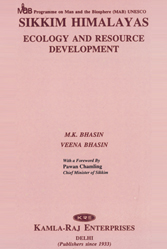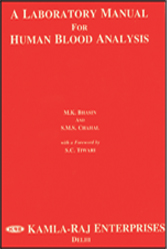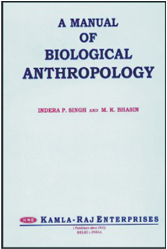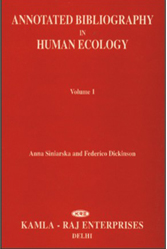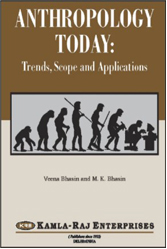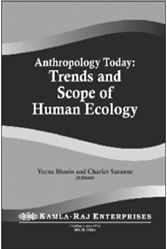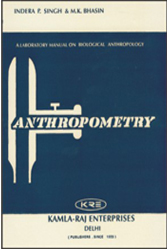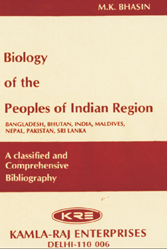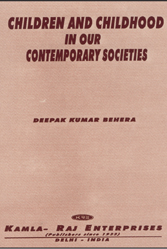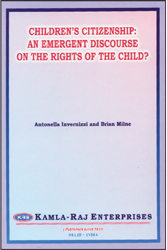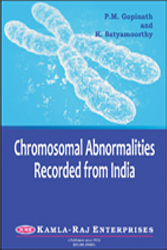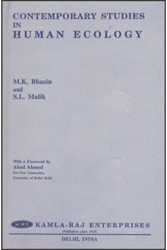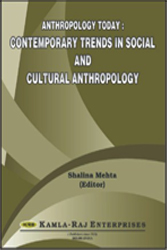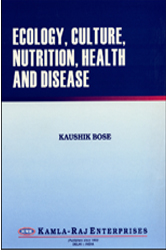SPECIAL VOLUME HUMAN ECOLOGY
HUMAN BODY COMPOSITION
S.P. SINGH (Punjabi University, Patiala, Punjab, India)
RAJAN GAUR (Panjab University, Chandigarh, India)
2007 • Pages: 120 • Size: 180x240 • ISBN 81-85264-43-0 • Binding: Hard •
PRICE: US $ 55/- Rs. 750/-
(Human Ecology Special Issue No. 15)
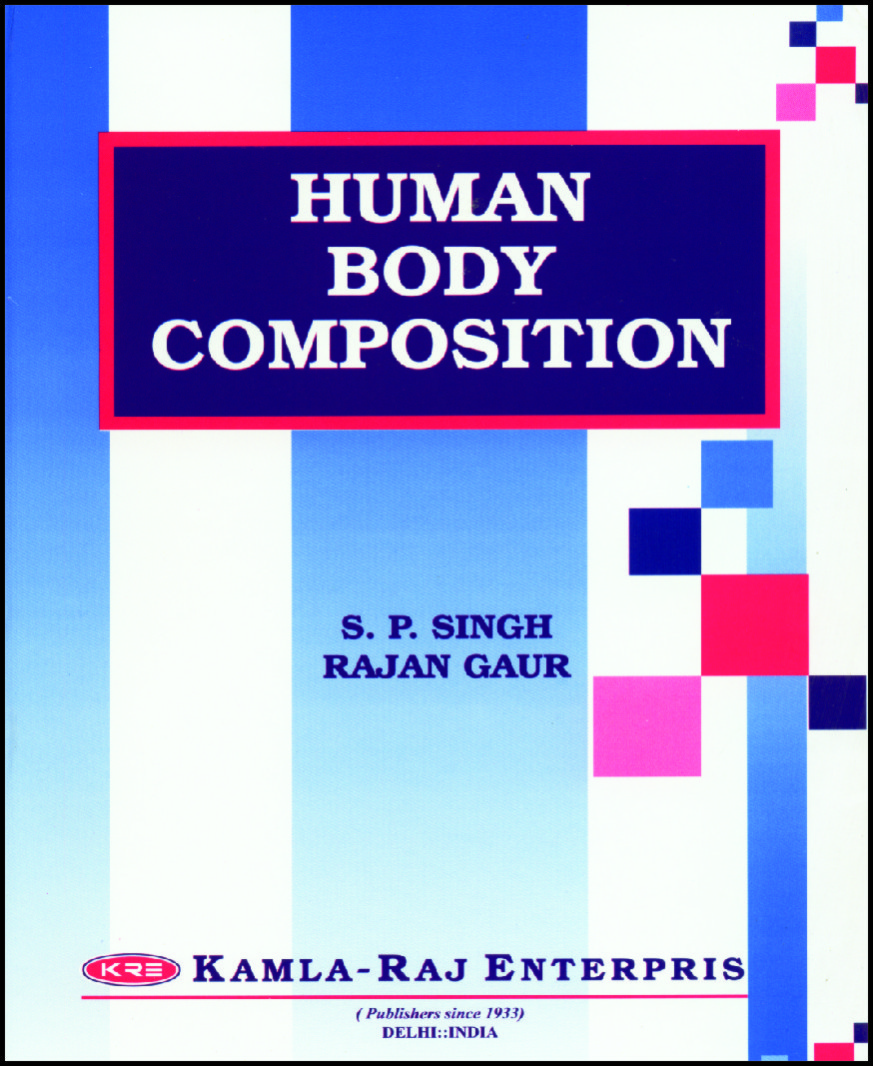
The present Special Issue of the Human Ecology is devoted to the studies of Human BodyComposition. The role of body composition is being increasingly appreciated because of the fact that numerous systemic diseases have a linkage with the deposition of excess fat. The distribution of body fat especially in the abdomen is referred to as a potent risk for disease. The gynoid and android fat distributions are also important risk predictors. Body Mass Index (Weight - kg /Height2 - meters) has widely been used by almost every country on the recommendations of World Health Organization to designate underweight, overweight and obesity.The papers presented in this issue explore numerous themes including the role of sitting height ratio to BMI and fatness; how physical activity changes body composition; familial resemblance in fatness and fat distribution; body composition, somatotype and growth types during childhood; secular trends in the adiposity and skinfold thicknesses of young people in developed countries; sexual dimorphism in BMI and dietary intake of thiamin; body composition during puberty; temporal trends of overweight among 9-11 year-old Australians; BMI in Hungarian youth during 20th century and blood pressure in relation to body composition. The issues and findings reported in this special issue
